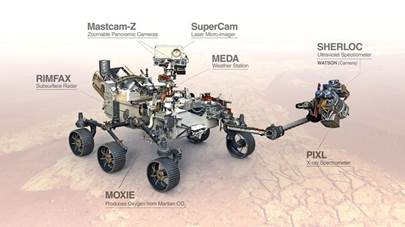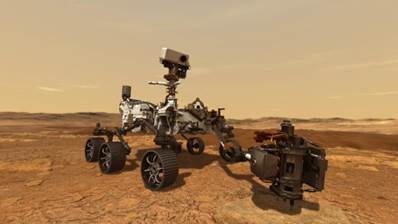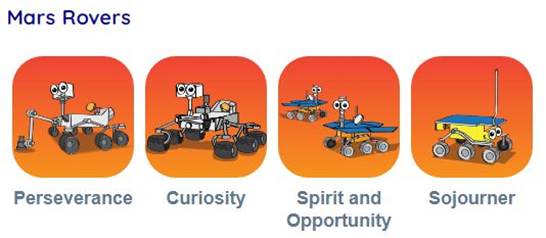Free Courses Sale ends Soon, Get It Now


Free Courses Sale ends Soon, Get It Now



Disclaimer: Copyright infringement not intended.
Context
Watch: https://www.youtube.com/watch?v=aKK7vS2CHC8
About

|
Broad Objectives of Mars 2020 Mission · Looking for habitability: identify past environments that were capable of supporting microbial life. · Seeking bio-signatures: seek signs of possible past microbial life in those habitable environments, particularly in specific rock types known to preserve signs over time. · Caching samples: collect core rock and regolith ("soil") samples and store them on the Martian surface. · Preparing for humans: test oxygen production from the Martian atmosphere.
|
Read: iasgyan.in/daily-current-affairs/nasas-perseverance-mission
Jezero Crater
All about Mars
Structure and Surface
Time on Mars
Mars’ Neighbors
Quick History

© 2024 iasgyan. All right reserved